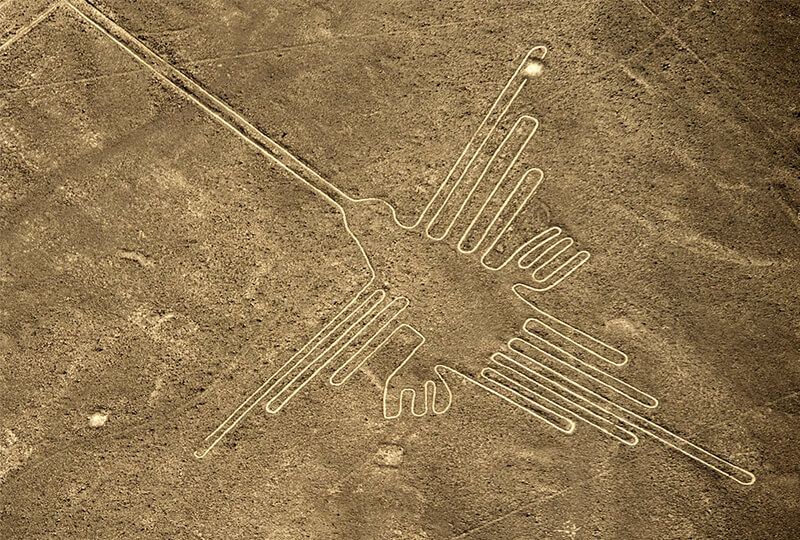The Enigma of the Nazca Lines: Marvels of Sophisticated Ground Sculptures

The Nazca Lines of Peru stand as one of the world's renowned heritage sites, famous for their intricate ground sculptures. Stretching across the vast expanse of the Nazca Desert, these lines and figures exhibit an accuracy and enormity that have astounded people since their discovery. However, even today, many mysteries surround the precise purpose, meaning, and the ancient peoples' techniques and knowledge behind these ground sculptures.
Chapter 1: Discovery of the Nazca Lines
The Nazca Lines were first discovered in the early 20th century through aerial photography. This revelation brought widespread awareness of the ancient culture that once thrived in the Nazca Desert. The ground sculptures, despite their immense size, are remarkably accurate, sparking awe among observers.
Chapter 2: Characteristics of the Nazca Lines
The Nazca Lines feature various subjects, including animals, geometric patterns, and human-like figures. These sculptures were created by removing surface stones to expose the underlying layers of soil. Their intricate designs and massive scale are believed to showcase the advanced skills and knowledge of ancient peoples.
Chapter 3: Purpose and Meaning of the Nazca Lines
The theories regarding the purpose and meaning of the Nazca Lines are diverse. Some researchers propose that the lines represent religious rituals or cosmic symbols, while others suggest they served as astronomical calendars or aids for agriculture. However, these theories lack substantial evidence, and discussions regarding the precise purpose and meaning of the Nazca Lines continue. Various hypotheses have been proposed, but definitive conclusions have yet to be reached.
Chapter 4: Creation Techniques of the Nazca Lines
The Nazca Lines demonstrate the remarkable technological prowess of ancient peoples due to their intricacy and precision. Created by removing surface stones, their accuracy can be observed even from aerial photographs. However, the specific methods and techniques used to create such intricate sculptures remain a mystery to this day.
Chapter 5: Conservation and Preservation
Recognized as a UNESCO World Heritage Site, the Nazca Lines are protected for their beauty and cultural significance. However, concerns have been raised about the impact of environmental pollution and climate change on these ground sculptures. Therefore, the conservation and preservation of the Nazca Lines pose significant challenges.
Chapter 6: Future Outlook
The Nazca Lines stand as a testament to the technological and intellectual achievements of ancient peoples. While many mysteries remain, advancements in technology and research methodologies offer hope for uncovering some of their secrets in the near future. Future studies may provide new insights into the purpose and meaning of the Nazca Lines.
The Nazca Lines are a fascinating part of the world's heritage, showcasing the remarkable skills and knowledge of ancient peoples. Their precision and beauty continue to captivate observers today. However, the mysteries surrounding their purpose and meaning remain unsolved, and further research is eagerly awaited to shed light on these enigmas.